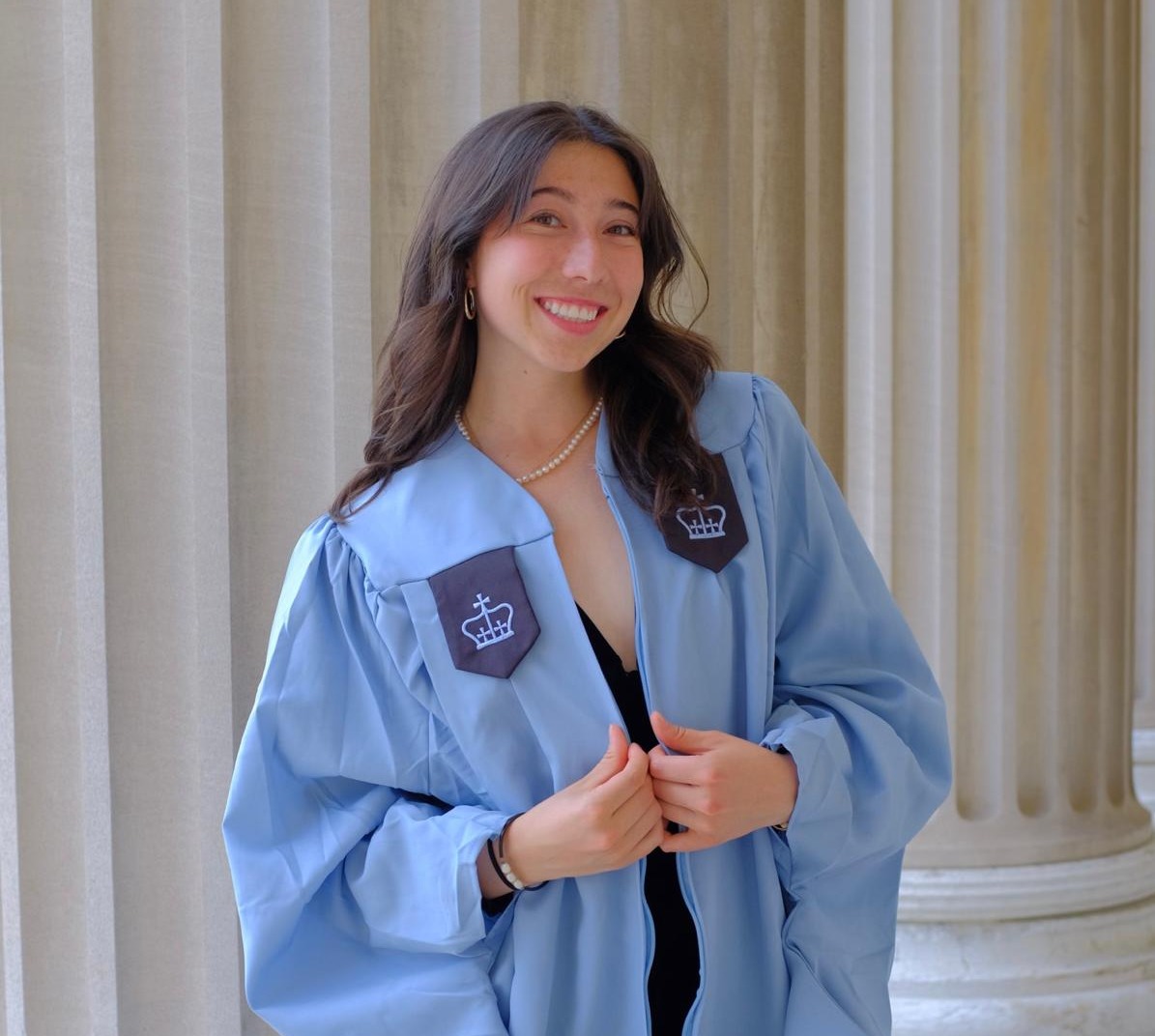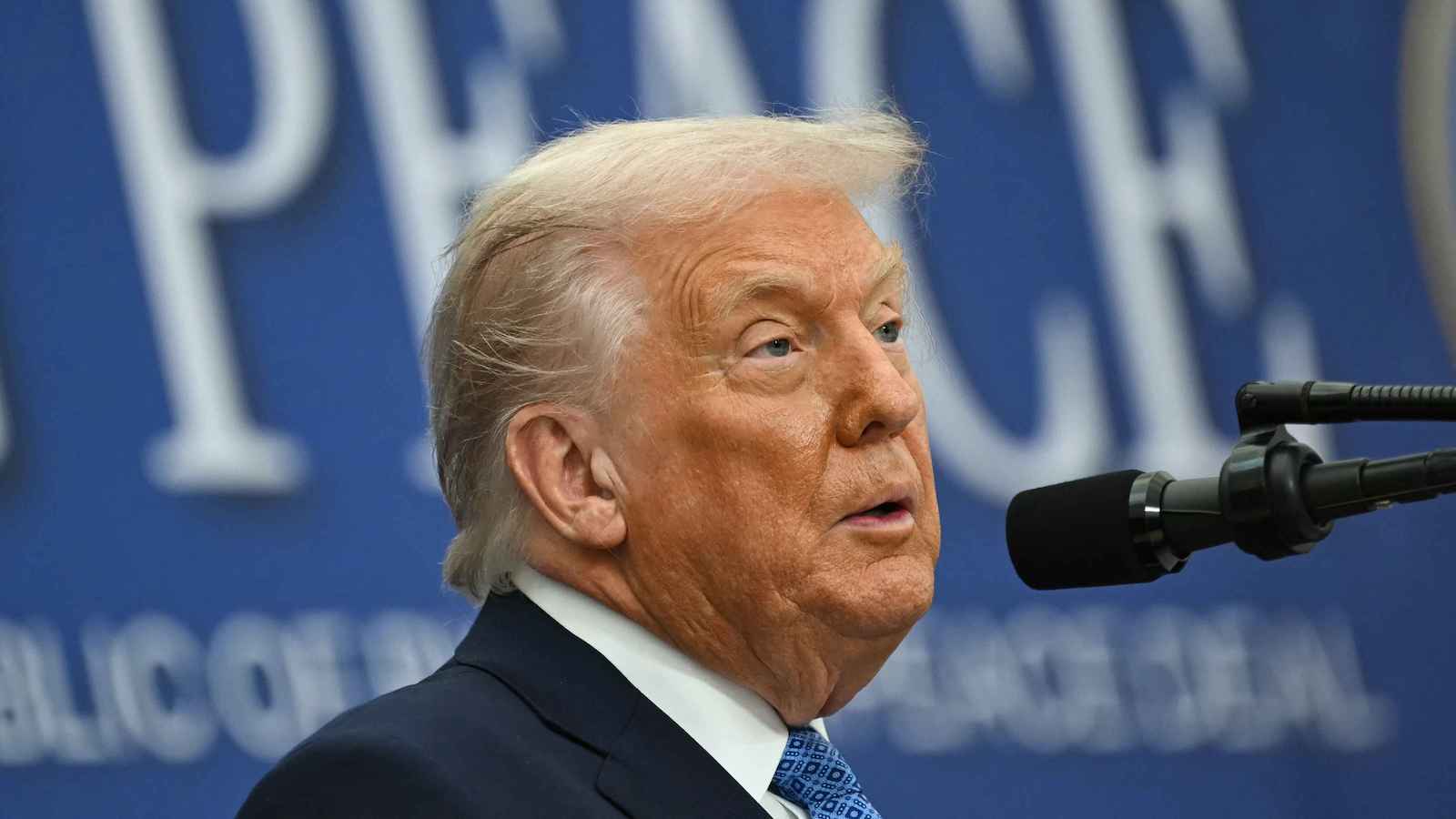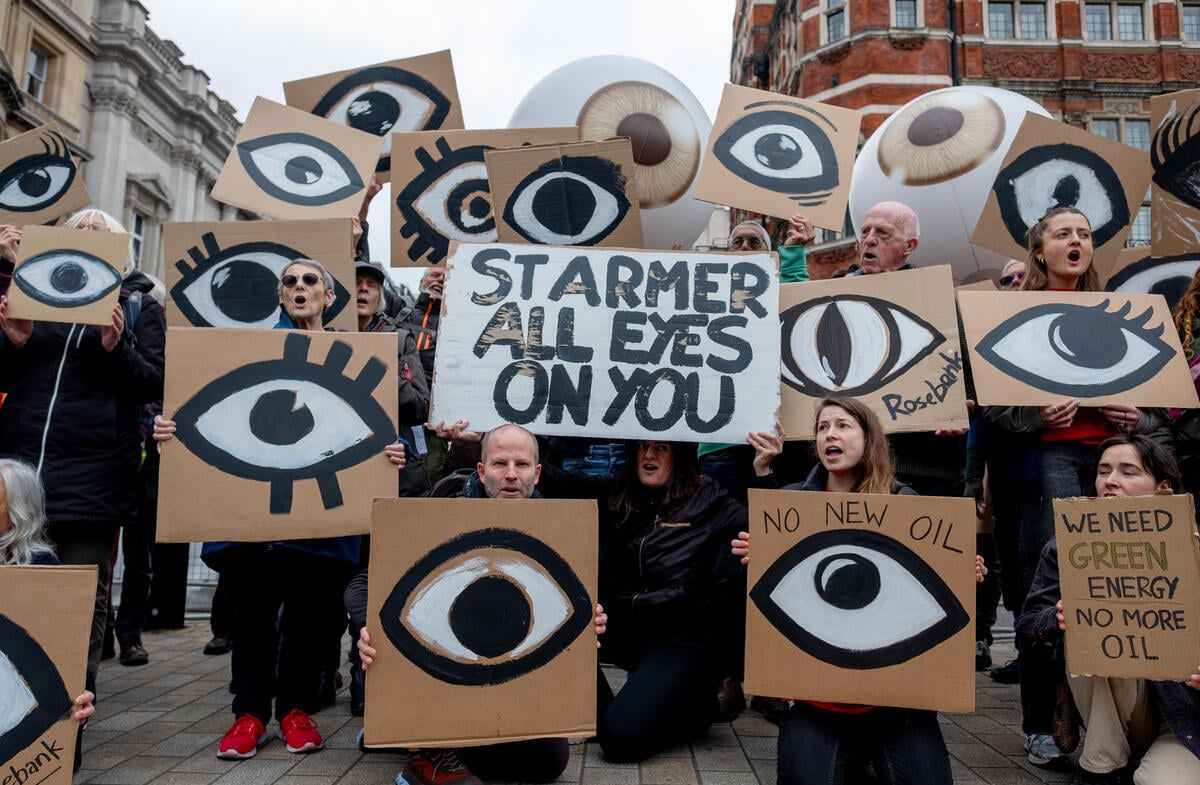Carissa O’Donnell has spent her life immersed in natural environments. Though she was born in South Florida, when she was 9 years old, her family moved to tiny Larkspur, Colorado, in the Rocky Mountain foothills. It was here her relationship with nature took root, and in an effort to deepen it, O’Donnell pursued a B.S. in Environmental Economics and Policy at Oregon State University. Completing the program in three years, she went to Washington, D.C., for a summer internship in the House of Representatives, where she witnessed environmental policy and legislative process in action.
O’Donnell is currently an MA candidate at Columbia Climate School, where she was named as a 2025 Campbell Award recipient. O’Donnell charts her path from West Coast mountains to the concrete canyons of New York City in the following conversation.
How did you know that environmental economics and policy was the path for you?
I look back now and see, especially in high school, how connected I felt to nature and to the environment. Understanding that was pivotal for me. The two pathways my public high school provided were environmental science and environmental studies. I took classes in both and, after receiving my first test grade back, I realized science was not my path. I started looking at programs that would harness my interest in policy, social communications and social systems. This led me to Oregon State University (OSU). That program fostered my growth and prepared me for the MA in Climate and Society program.
How did you gain experience around environmental policy?
I got involved early on in government work and legislative advocacy. I was in the Legislative Scholars Program at OSU and was the student body president in my final year. I love being in spaces where I can be an agent of change. This led me to the Oregon State Legislature and to an internship in Washington, D.C., to meetings with university presidents and community organizers, and to advocating for higher education funding and student support. Working on Capitol Hill provided insight into how the government functions. I came away with the understanding that everyone goes to the Hill hoping to make a difference and benefit the country through legislation, and this will always be the common ground in which something can be built upon.
What prompted you to pursue the MA at the Columbia Climate School?
Graduating OSU a year early was unexpected, and I didn’t have a plan. I thought, I really like it here—I have a great community and support system and I’m in an emerging college band. Do I stay and get another bachelor’s degree? Or move on and find a job? I’d been accepted into the MA program and also offered an internship in Washington, D.C. around the same time. I thought I’d be faced with a choice between the internship—followed by hopeful employment in D.C.—or going to this graduate program. My mentor encouraged me to do both. That was the kick I needed to launch me into one of the most impactful years of my life.
“The program cohort cares deeply about the planet and people. This combination makes for some of the most compassionate, driven and inspiring people that I now get to call dear friends and colleagues.”
How has your experience been at Columbia?
Columbia has so many opportunities and highly acclaimed professors and mentors, but so does the city. This was the learning and growth I hoped to gain by leaving OSU. For that, I am truly grateful. My Climate School community has become my ecosystem, grounding point and support system. The program cohort cares deeply about the planet and people. This combination makes for some of the most compassionate, driven and inspiring people that I now get to call dear friends and colleagues. It gives me a lot of optimism.
Congratulations on being nominated for the Campbell Award! What has that meant to you?
That was a surprise, for sure. I made an intention to get the most that I could out of this program, knowing that it was only a year and that it’s a large investment in myself. It was curiosity and my desire to generate change that led me to represent the Climate School on the University Senate, to be in the Student Leadership Engagement Initiative as well as the Student Leader Advisory Committee. It’s a deep honor to receive this award.
What surprised you about living in an urban environment while studying climate issues?
D.C. was my first exposure to living in a city. And now, studying Climate and Society in one of the world’s largest cities, demands not only imagination but attentiveness: the city is your classroom and learning is everywhere. Promoting environmental and climate action in an urban setting is more complex—it is the nexus of climate and society. Here every tree and greenspace must be granted passage through social systems, fall within zoning permits and building codes, and out-compete other interests for the land.
Also, the city is opportunity rich if you allow it to be. People come to New York hoping to make it on the big stage of whatever their passion directs. This curates a city driven by fervor. I’ve been able to pursue my music passions as well as my climate policy interests; I have slowly learned what it means to practice balance in a city that never sleeps (literally!).
You graduate in a couple of weeks—what’s next?
I will be taking my first steps out of the public sector and joining Bloomberg’s New Energy Finance department as a summer intern analyst. I’ll be working on a project with an analyst and diving into the financial and economic implications of energy transition. I’ll also be working as a researcher for a project with the Columbia Climate School and its AC4 research branch (Advanced Consortium on Cooperation, Conflict and Complexity), focusing on how political and social conflict interplay amid an overshoot of resources, and how sustainability and climate adaptation can be relevant solutions. I’m hoping to stay in New York, but I’ve also applied to be a legislative fellow at the New York Senate in Albany and a climate fellow in Washington D.C., where I will hopefully be working on the climate imperatives within energy or insurance policy.
And finally, where do you go to connect with green space in the city?
I play tennis in Riverbank Park whenever I get the chance. I also love Riverside Park—it’s where I run every morning. I’m very much a creature of habit and so as soon as I find something that is familiar, I tend to stick with it, which is very ironic considering the story I just told you about my transitional year, but it’s true.
Source link
Columbia Climate School news.climate.columbia.edu



